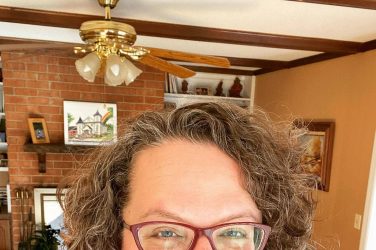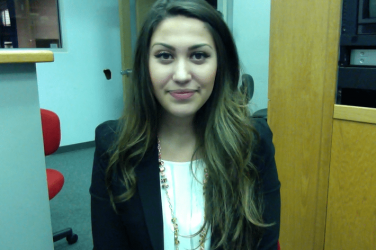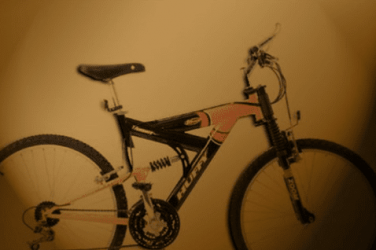Since the COVID-19 pandemic was declared a national state of emergency in March 2020, people have resorted to practicing creative and necessary forms of self-care to help preserve their mental health. The country has endured quarantine periods, work and school from home, a turbulent election and a general overwhelming sense of stress due to the pandemic. In this time, college students have been hit hard.
In May 2020, Grady Newsource journalist Kala Horvat shared the self-care methods of multiple students in Athens. She also questioned the sustainability of the various distractions that society chose to use, given that at the beginning of the pandemic, no one was yet aware of how serious matters would turn out. Now, more than 500,000 Americans have died from COVID-19-related reasons.
“Back when the story was originally made, we were all kind of sad, but I think the more severe mental health effects probably weren’t kicking in quite yet,” Horvat said. “… I think we were more optimistic back then.”
According to a September 2020 study by Active Minds, a national nonprofit supporting mental health awareness and education for students, almost 75% of students surveyed reported worsened mental health since the beginning of the pandemic.
The “band-aid” effect of certain self-care methods has also become evident to Horvat, making the effectiveness of the coping mechanisms unpredictable.
“Sometimes the band-aid can be ‘Oh, I don’t really feel like getting worked up about our reality today, so I’ll just knit or read a book to not think about it,’ but other times, the reality just comes flowing back to me and it gets a little overwhelming,” she said. “So, I’d say it’s kind of hit or miss.”
Two of the students Horvat spoke with last year, Ashlynn Kilcrease and Graham Brooks, saw the positive effects of the self-care methods they maintained in the past 11 months.
Kilcrease turned to her passion for music at the beginning of the world’s quarantine period, playing guitar and covering songs as a way to occupy her time. Now, she has compiled enough songs to make a full EP.
She credits her pre-existing love for music as the reason this form of self-care was so effective for her. The pandemic just happened to be the time where Kilcrease could sit down, reflect and use the music as a form of journaling.
“Well, it’s weird, because when I am writing music… it’s very self-indulgent,” she said. “It gets the job done. Get your feelings out. Not really inspiring or anything, just something to do to help.”
She has also found a community on TikTok, where her videos of covers and original songs get thousands of views and likes.
@cowgirlb3b0phappy valentines day i’d like to wish all the singles a very miserable and unrequited evening💔 ##originalsong ##phoebebridgers ##valentinesday ##pharbz♬ original sound – ash tuesday
A Teacher’s Perspective
Brooks turned to movies and entertainment last March, using the extra time at home without schoolwork responsibilities to catch up on films he had never seen and others he wanted to revisit.
For him, the self-care method has been sustainable, even as he adjusted to a new workload while earning his master’s degree and beginning to substitute teach.
“Well, it was funny, just because like movies were the thing that I always wanted to do, and I never had time to do,” he said. “Of course, after a while, it was like, ‘Okay, I would like to get back to some sense of normalcy.’ Now I try to make more time for that whenever I can find it… because I saw how much better it feels when you do.”
His teaching experience gives him a fresh outlook on the mental health of students living through a pandemic, as well.
“Since some schools are going back in person, what do we do to meet our students’ needs when they get there, that sort of thing?” he said. “I hope that even when COVID is completely gone, we still have a better understanding of the importance of mental health that we didn’t necessarily have in the past… I hope we carry that with us going forward as teachers and as just everybody.”
The world has come a long way since life was originally put on pause by the pandemic, but even at the beginning, Horvat knew there were silver linings to be found, a notion that remains true even a year later.
“We felt so out of control and [that] there’s nothing that a lot of us can do on an individual level,” she said. “So I think that’s where my main inspiration came from when constructing the whole thing was reminding people at the time that it doesn’t have to be all doom and gloom…we can still find joy in small things, even if it feels like everything is kind of crumbling around us.”
Sydney Kohne is a senior majoring in journalism in the Grady College of Journalism and Mass Communication at the University of Georgia.









Show Comments (0)